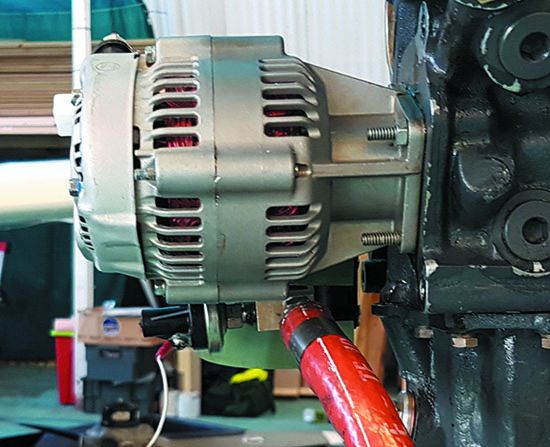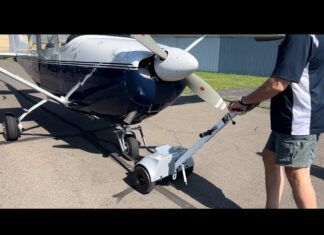STANDBY ALTERNATORS
I just finished reading the September 2022 issue of Aviation Consumer with the standby alternators article, and wanted your readers to know of another offering that wasn’t mentioned in the article. Kelly Aerospace has the STC for Cessna 182S, 182T and T182T aircraft that adds a secondary alternator via a bracket and pulley installation to provide a fully redundant backup electrical system.
I had this system added to my 182S in 2017 and it continues to perform flawlessly to this day. The advantage of the Kelly system is that the backup alternator they use is a 95-amp model, which is actually more capable than the stock 60-amp primary alternator. This means no load shedding is necessary when using the backup alternator. The installation was straightforward and the cost reasonable (under $6000 in 2017). I flew the airplane to Lake County Executive Airport in Ohio to have it installed by Kelly Aerospace, but they also ship out the kits for your local A&P to install it.
George Scavella – via email
IPAD COOLING SYSTEMS
Just received (and immediately read) the September 2022 issue of Aviation Consumer and your iPad cooling systems article.
I installed an XNaut cooling case years ago, attaching to my plane via a custom RAM system (using 1.5-inch diameter balls (C-size, in their parlance), which hold far more securely than the more ubiquitous 1-inch diameter size. It works wonderfully powered off the accessory outlet that’s nearby. One trick worth mentioning is to consider covering the iPad with a white or reflective cloth whenever leaving it in the cockpit (on fuel or lunch stops, for example). This reduces the temperature on startup significantly.
My plane—a Liberty XL2—sports far more fenestration than most, including above the pilot and copilot seats, allowing more direct sunlight to strike the iPad. Even so, I have had only a couple of iPad inflight overheats over the years.
I have a thought for an investigation/article. I replaced my failing electric AI and DG with Kelly Manufacturing electronic units, and decided on them because of an easy installation. The heading/magnetometer works fine, but the attitude indicator simply doesn’t. After any kind of significant turn (anything over 45 seconds to 1 minute), the unit takes forever to erect itself. After a looping downwind-base-final and landing and while back on the runway, the AI indicates a solid 10-degree bank. It’s even worse when flying 360-degree (or greater) turns.
I sent the unit back to Kelly for an upgrade of the software and it’s not any better. The company’s response was that I needed to plumb in a pitot/airspeed input (plus install a different version of the AI) for it to work better. Worth mentioning is that in a 360- or 720-degreee turn, my airspeed shows constant.
I intend to return the unit again in a few weeks when I’m down for my annual, but have my doubts that it will be any better. As long as I remain in nice VFR weather it’s not a problem, but I might as we’ll paste a smiley face over the AI and navigate by that should I inadvertently enter IMC! When straight and level, the instruments look great.
Daniel Spitzer – via email
We’re planning an article on budget electronic primary and backup instruments and plan to look hard at the Kelly/RC Allen line. Keep us posted on how yours works after its trip to the factory.
TRIG/DYNON NAVCOMMS
Since Trig Avionics makes the Dynon SV-COM-X25 comm radio, will Advanced Flight Systems and Dynon displays communicate with the new TX-56 navcomm, given that the radio is made by the same folks? I was told the protocol is the same between both radios and they should work, but check with Trig.
Chip Fleming – via email
We asked Trig’s Jon Roper if the new Trig radios are compatible with Dynon and Advanced displays, and he told us that they are. Moreover, they’ll also work with Garmin’s G3X Touch and G5.


